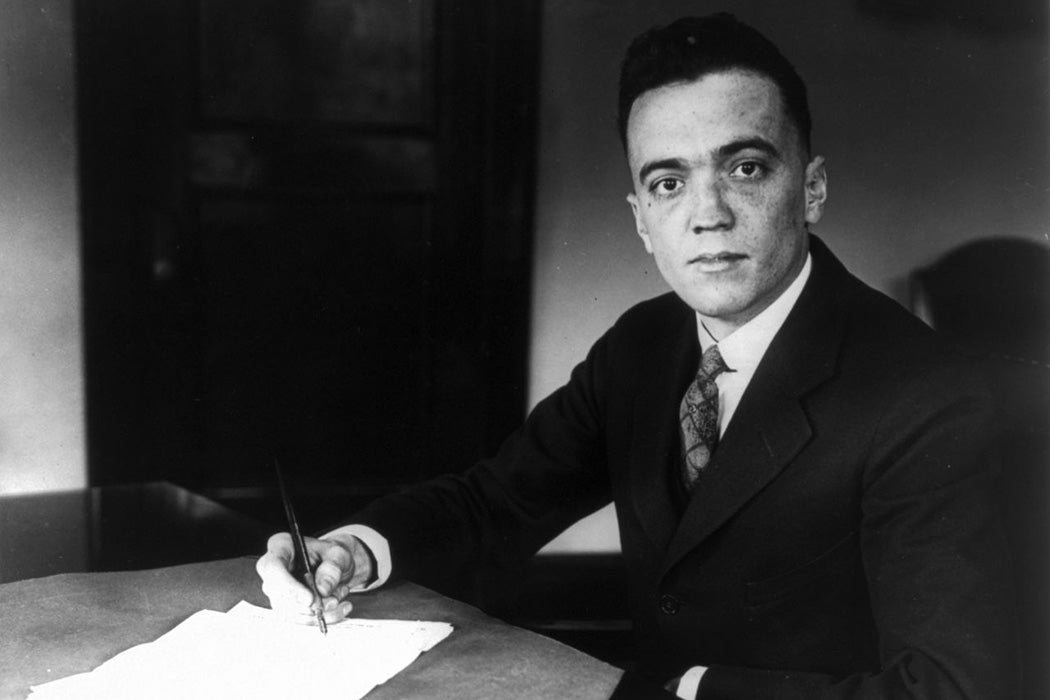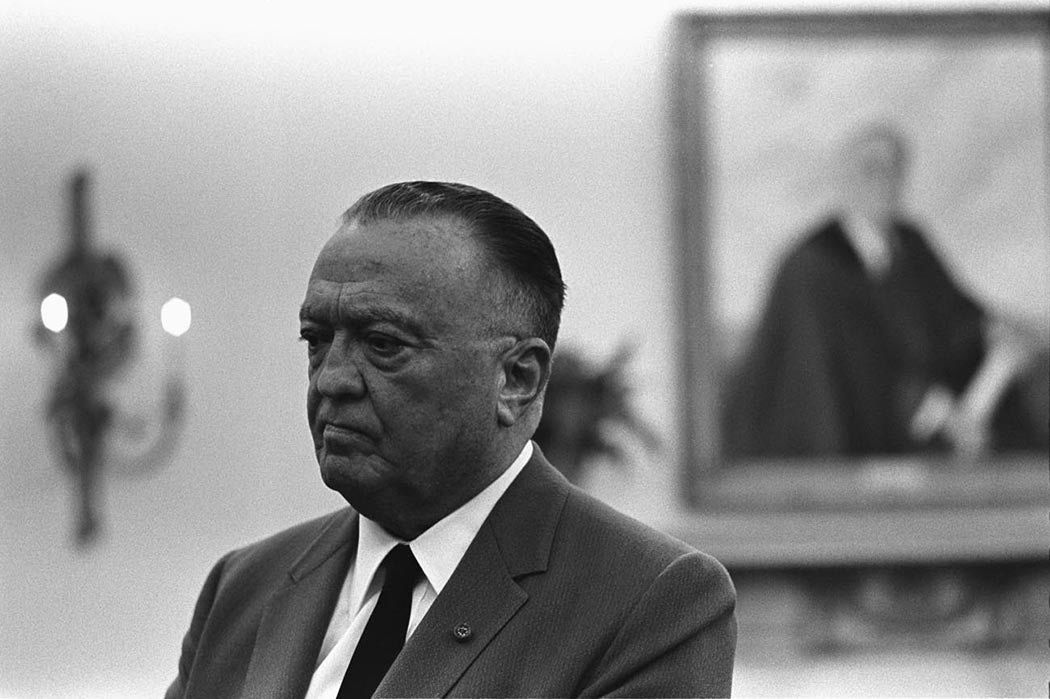With critics of unchecked federal power breathing down his neck, Federal Bureau of Investigation Director J. Edgar Hoover launched a much ballyhooed crackdown on “vice rings” in early 1936. He revived the two-decade-old discourse of white slavery and positioned his G-men as knights battling venal, depraved “vice queens.” The arrest and conviction of a few brothel madams and the supposed “rescuing” of sex workers (called “silly girls” by Hoover) made headlines. The campaign helped propel the FBI into popular culture iconography and into becoming a major enforcer of conservative sexual morality.
“In the FBI’s telling, Hoover’s FBI sought to protect the hearts of innocent, naive, white girls from the machinations of madams consumed with greed, ambition, and perversity,” writes scholar Jessica Pliley.
Pliley explains that the first white slavery panic flared from roughly 1907–1914. It was “white” slavery because the victims were exclusively white. (The “narrative functioned to erase the sexual exploitation of black women under chattel slavery.”) Pimps and procurers, on the other hand, were usually portrayed as immigrants or otherwise non-white. In a typically lurid contemporary description, the “foaming pack of foreign hellhounds” forcing white women into slavery was said to include “moral and civic degenerates of the French, Italian, Syrian, Russian, Jewish or Chinese races.”
The hype and sensationalism resulted in the federal White-Slave Traffic Act of 1910, better known as the Mann Act. The law made it illegal to “cause, induce, or facilitate the crossing of a state line by a woman or girl for the purposes of prostitution, debauchery, or ‘any other immoral purpose.’” The “immoral purpose” clause would transform uses of the law after 1917, when the Supreme Court ruled it could be could be applied to “a wide range of heterosexual misbehavior, including nearly all nonconjugal sex.”
“White slavery” as a term almost disappeared in the 1920s. During that same decade, the FBI’s targeting of prostitution dwindled as it became more interested in policing women’s sexuality—and miscegenation—in general. While there were as many as 47,500 Mann Act cases from 1921–1937, “cases of sexual slavery more or less disappeared from the popular imagination and public discussions”—until Hoover saw the political effectiveness of reviving the panic in the mid-1930s.
Hoover’s timing was notable. The Great Depression’s upheavals subverted traditional family structures and gave rise to the fear of the “social impact of lone women drifting into prostitution.” Local police were considered too corrupt to do much about it, since cops were notorious for shaking down prostitutes for money and/or sex. But local authorities could steal the limelight, as in New York City in 1935, when prosecutor Thomas E. Dewey made headlines going after Mafia-controlled prostitution.
Hoover’s concern for innocent white girls enslaved by madams barely lasted two years, but, by leading vice raids himself in Atlantic City, Connecticut, and Baltimore, he earned priceless media cachet.
Pliley profiles three elite brothel madams targeted by the FBI. All operated on New York’s wealthy Upper East Side. One, Mae Scheible, was said to the originator of the “call house,” in which technology—the telephone—facilitated operations.
Weekly Newsletter
Elite brothels meant elite clients, but Hoover wanted “to protect the sexual privileges of wealthy men,” writes Pliley, so their identities were kept secret. Clients were not seen as facilitators/perpetrators under the Mann Act, so the celebrities, corporate executives, politicians, judges, and police officials whose names the FBI found in brothel records would be safe from publicity. The FBI even argued in court that names of clients shouldn’t be divulged because “the majority of them were undoubtedly married men.”
Concentrating on prosecuting madams also side-stepped other aspects of the networks in which operated these brothels at the “pinnacle of the sex work hierarchy.” It wasn’t just powerful clients who were protected. Madams paid bribes to “landlords, elevator boys, club owners, policemen, lawyers, politicians, doctors, cooks, maids.” The “vice rings” were a lot more embedded in the social fabric than the G-men pretended.








